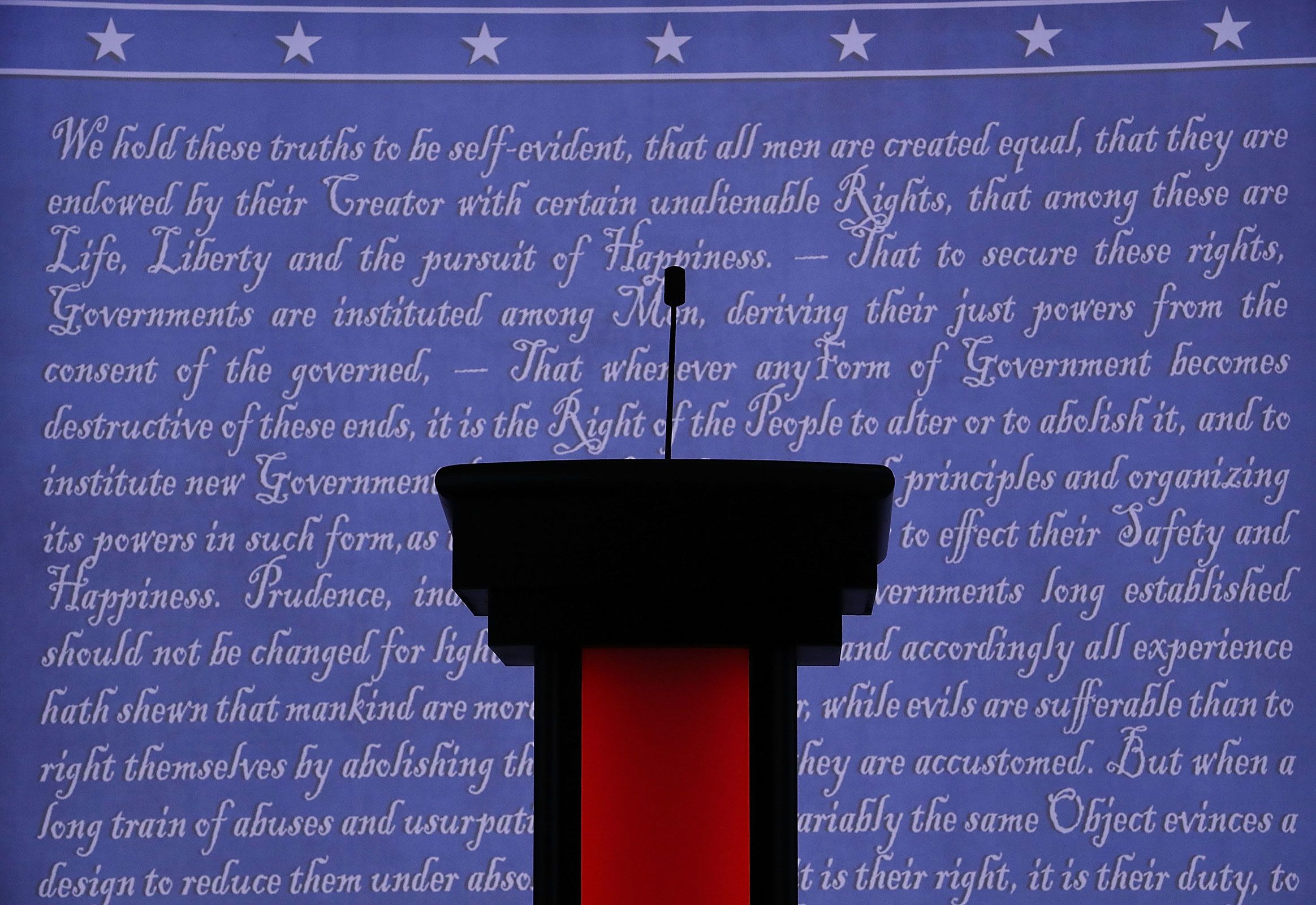As the 2024 presidential race shapes up, it appears to be a rematch between President Joe Biden and former President Donald Trump. However, history reminds us that unforeseen events can occur. In 1872, Democratic presidential candidate Horace Greeley passed away after Election Day but before the Electoral College votes were cast. This incident, although it did not alter the election’s outcome, raised complex questions about the handling of Greeley’s 66 Electoral College votes.
Over 150 years have passed since Greeley’s death, and while two constitutional amendments have been made regarding presidential succession, there remains ambiguity surrounding unexpected circumstances involving a presidential nominee or candidate. Current polls suggest that voters are concerned about the advanced ages of both Trump and Biden, who will be 78 and 82 respectively on Election Day. This raises the question: what would happen if either candidate was unable to continue with the race?
Replacing a Presidential Candidate
Replacing a candidate on the ballot would be a tumultuous and disorderly process, likely revealing deep-seated divisions within the political parties. The process would largely depend on the timing of the vacancy – during the primary process, at the convention, or after the public vote in November.
Primary Process
Trump and Biden currently dominate their respective races. If a vacancy were to occur before most primaries, another candidate could potentially accumulate delegates. However, given that many primaries’ filing deadlines have passed, it’s improbable that any single candidate could secure enough delegates to win the nomination before the summer party conventions.
Convention
If a leading candidate were to withdraw after most primaries or during the convention, the party’s nominee would likely be determined by individual delegates on the convention floor. This would lead to a contentious political battle over delegate selection and their ultimate support. Even those who did not run primary campaigns could be considered.
Post-Convention
It would require a significant event for a candidate to withdraw in the months between the summer convention and the November general election. Both Democrats and Republicans have distinct methods for handling such a situation, but the most likely outcome would be the elevation of the running mate to the general election ballot.
Historical Precedents
The modern primary and caucus system has evolved over recent generations as voters demanded more involvement in the nominating process. The 1968 election, when President Lyndon B. Johnson decided not to run after a narrow victory in New Hampshire’s primary, sparked significant change. This decision led to a chaotic scramble to replace him, ultimately resulting in the current system of primaries and caucuses.
Post-Election Contingencies
If a president-elect were to become incapacitated after the election, the timing would be crucial. The Constitution mandates that electors meeting in state capitols cast votes for the presidency. While some states require that they vote for their state’s election winner, others offer leeway. The law is unclear, but it would logically make sense for a vice president-elect to assume the role of president-elect.

